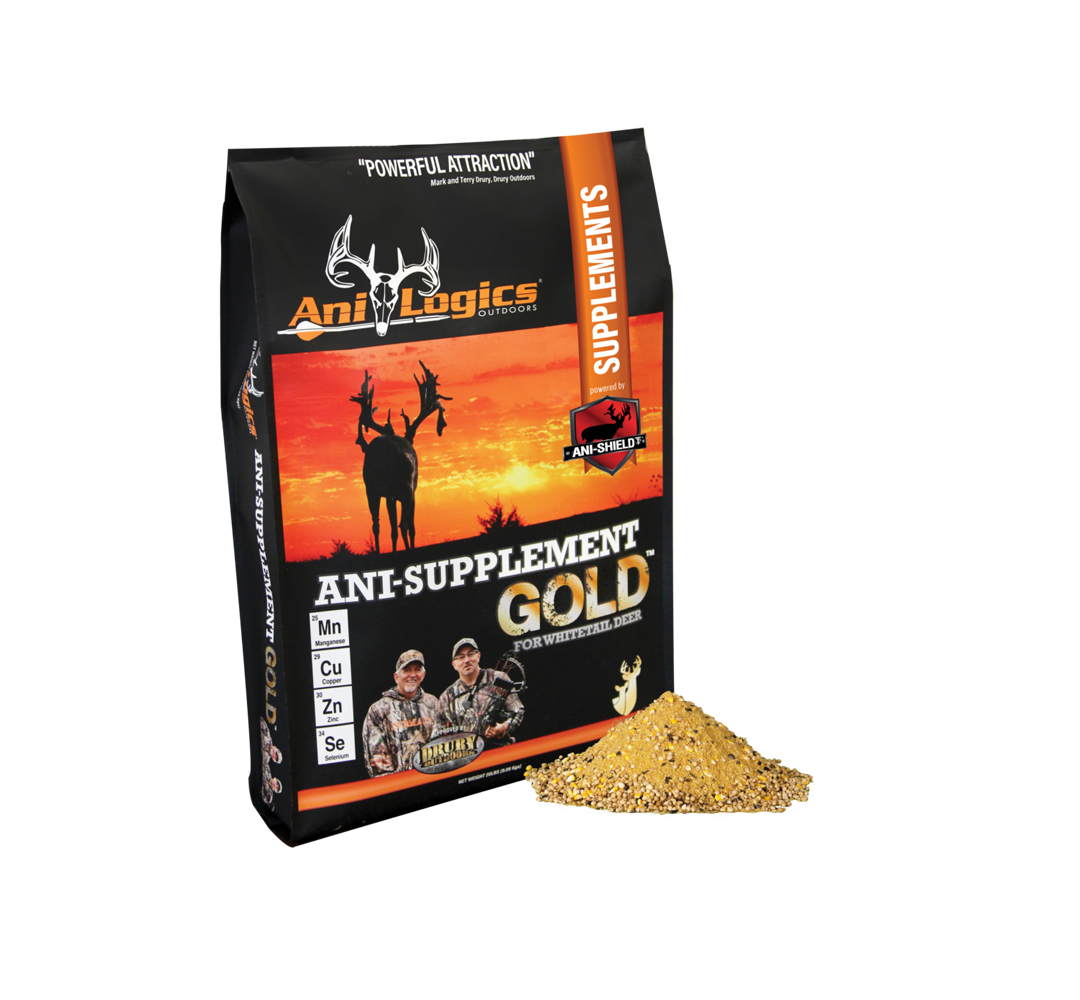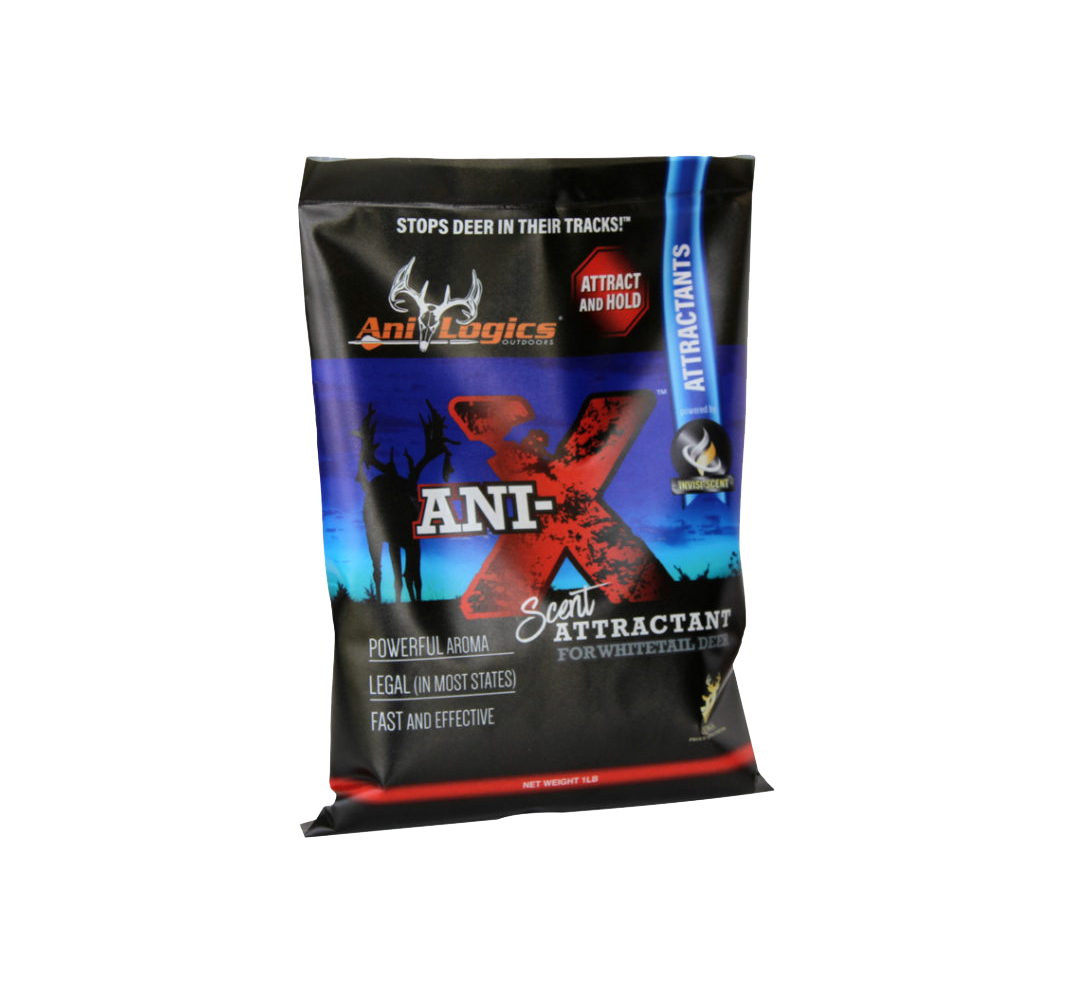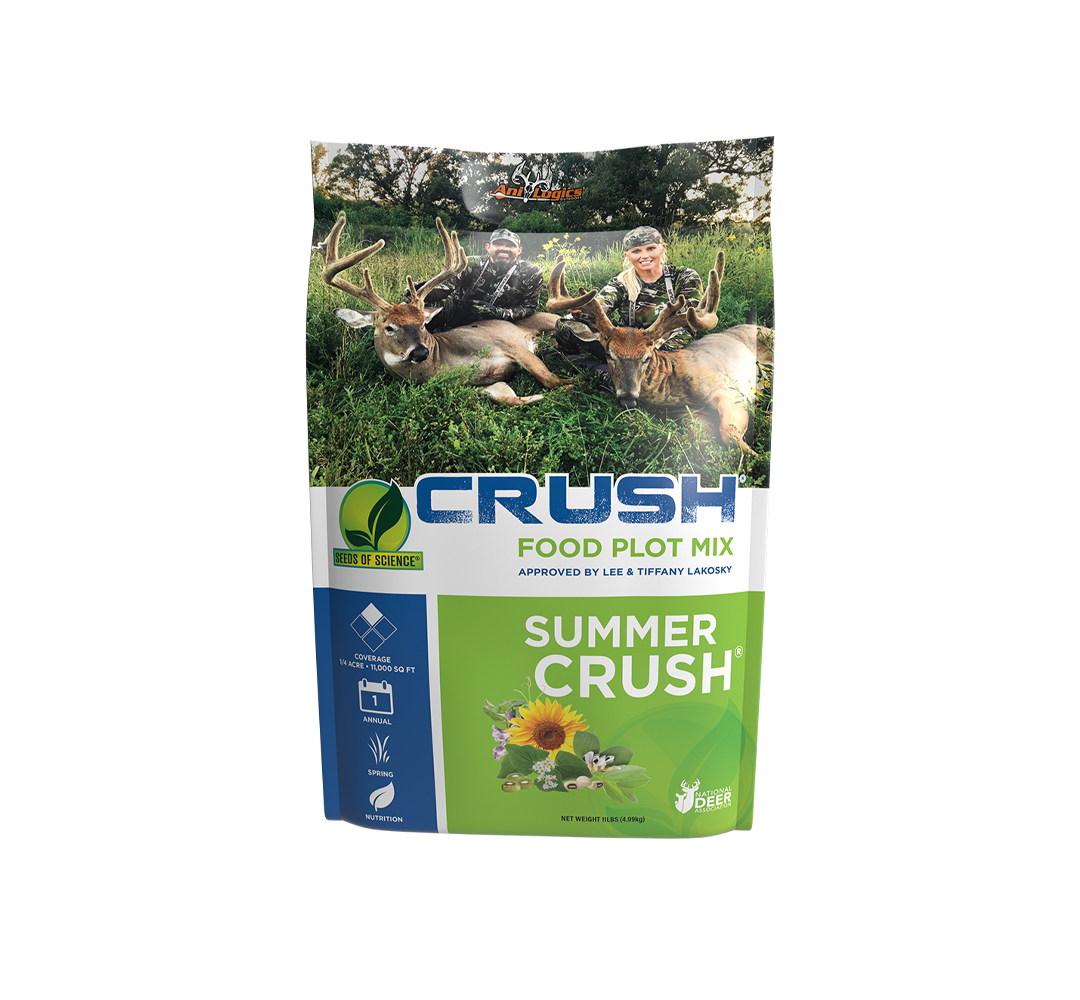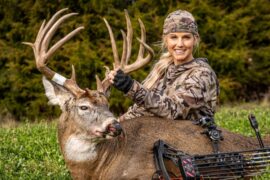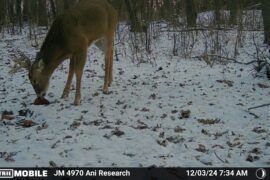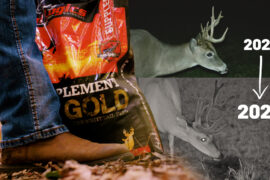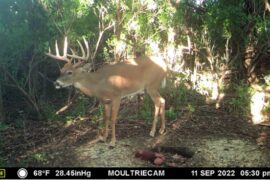Supplementing Your Way to Successful Fawn Recruitment
Fawning season has arrived across much of the white-tail’s range. Most serious deer managers understand the importance of feeding deer year-round, but the fawning period is a critical time to enhance your deer herd. This time of year, does have spread out across the landscape into their fawning range. The oldest, most dominant does have secured the best fawning habitat, and younger, subordinate does are left with sub-optimal fawning ground. The nutritional demand for a doe trying to produce enough milk for twin fawns is actually higher than a mature buck growing his antlers, which is why feeding during this time of year will help ensure your herd has everything it needs to produce healthy fawns right out of the gate.
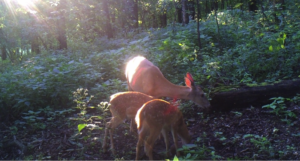
One thing to consider when supplementing deer in the spring and summer is that you can actually improve recruitment. Recruitment simply means adding fawns to the fall population. Without any feed available, deer must browse longer throughout the day to obtain enough nutrients. When there is a quality feed and mineral site in their home range, they can spend less time foraging, and more time being vigilant for predators that are constantly looking for an easy meal that a young fawn provides. Make sure does do not need to travel long distances from cover to get to a feeder. After the first few weeks of hiding among the cover, fawns will begin to follow their mother. The healthier the fawn, the faster they can run to avoid predation.
When you think about how a doe normally behaves in the absence of a feed site, she will usually stay within several hundred yards of her bedded fawn(s). She will typically feed them 6 times a day, and she stays busy feeding while the fawns remain bedded. If you have a feeder within the doe’s fawning range, you can be sure that she is able to meet not only her own nutrient requirements, but also that of her growing fawns. We know from research out of Mississippi State that quality nutrition has a multi-generational effect, in that fawns born to well-fed mothers are better off later in life than fawns that are born to mothers with sub-optimal nutrition. It’s like the doe sends a signal to the fawn that say, “We have plenty of food, go ahead and grow bigger and stronger.” In the case of poor nutrition, the mother’s signal to her fawn says something more like “there isn’t much to eat here, hold off on growing as big because we need to survive.”
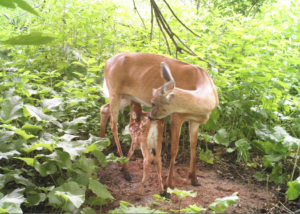
When you look at things you can do to improve recruitment on your property, habitat management should always be the primary goal. Creating edges where fawns can hide will make it harder for predators to locate bedded fawns. Improving habitat can be done by doing Timber Stand Improvement as well as implementing prescribed fire. After your habitat is in order, then it makes sense to provide feed and minerals. Supplemental feeding should best be used as a knee brace, and not as a crutch. When done properly, feeding will enhance the quality of deer on your property and also increase recruitment rates.
– Tim Neuman, Wildlife Biologist
Your Cart
Categories
- Attractants 26
- CWD 1
- Deer Management 62
- EHD 3
- Food Plots 17
- Hunting 85
- Land Management 17
- Minerals 28
- Shed Hunting 4
- Supplements 36
- Turkey Hunting 6
Browse Tags
Products
-
 Summer CRUSH
$39.99 – $129.99
Summer CRUSH
$39.99 – $129.99 -
-
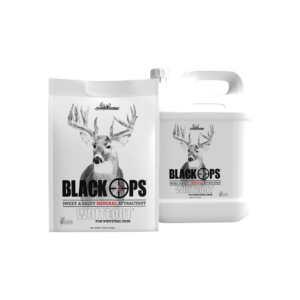 Whiteout Frenzy
$103.90
Whiteout Frenzy
$103.90 -
-
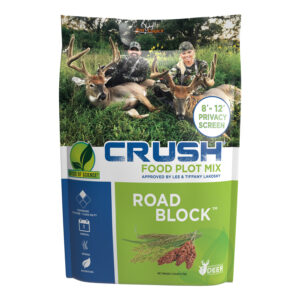 CRUSH Road Block
$29.99
CRUSH Road Block
$29.99 -
-
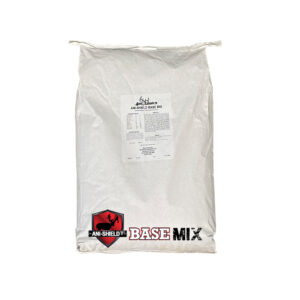 Ani-Shield Base Mix
$59.99
Ani-Shield Base Mix
$59.99 -


